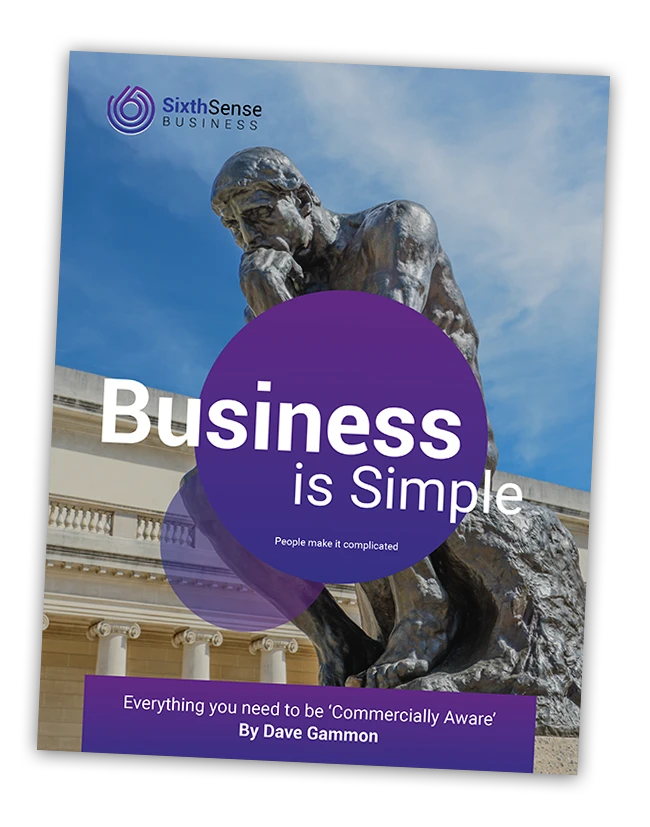A year ago, I ran a survey amongst smaller, medium-sized companies’ owners and managing directors.
One of the questions I asked them was what they would like to see more of from the members of your management team.
These are the things they came up with.
In this short series of videos, we’re going to be looking at each one of them in a little more depth.
In this video, I want to talk about decision making. There was a perception that either people were reluctant to make decisions or didn’t really think decisions through.
When it comes to making commercial decisions, there is generally no such thing as a correct decision. That’s because every business decision typically requires trade-offs…
…normally between margin quality of product or service and customer experience. It can only ever be your best judgment of which one of those to place emphasis on.
Secondly, pretty much every business decision is shrouded in uncertainty, i.e. there is a probability that whatever we decide might not work or might not give us the outcome we were expecting.
It’s equally important to recognize is that companies operate with a finite amount of resources, specifically people, assets, and money.
They have to make choices and priorities about what ideas they’re going to run with.
As Verne Harnish famously said, ‘more businesses choke on opportunities than starve of them’.
So decisions have to be made based on return on investment or return on effort. What are the things that are going to give us the fastest and best quality return?
I teach a framework that I call a clean action framework, which is perfect for considering complex decisions.
It starts with the outcome that we’re driving for and how clear are we about that.
Then it goes back to where are we now. What do we have around us that will help or hinder us, trying to get to the outcome we want.
From there, we can create tension between those two points, from which a path of least resistance or a sequence of actions or a plan will emerge…
…or at least we’ll know the next few steps that we have to take.
Then we have to look at obstacles, the things that we know or that might have the potential to stop us from executing our plan of action.
Finally, of course, because the world keeps moving, we have to measure our progress across two dimensions.
Number one, we have to measure to ensure that we’re doing what we said we were going to be doing.
Secondly, we have to measure whether the doing of that gives us the types of results we want or not so that we can calibrate and make adjustments where necessary.
Good decision-making is just about slowing down enough to really consider all aspects of the decision and consult widely with people around the business to get different perspectives.
Then you’ll become much smarter at making good decisions.
